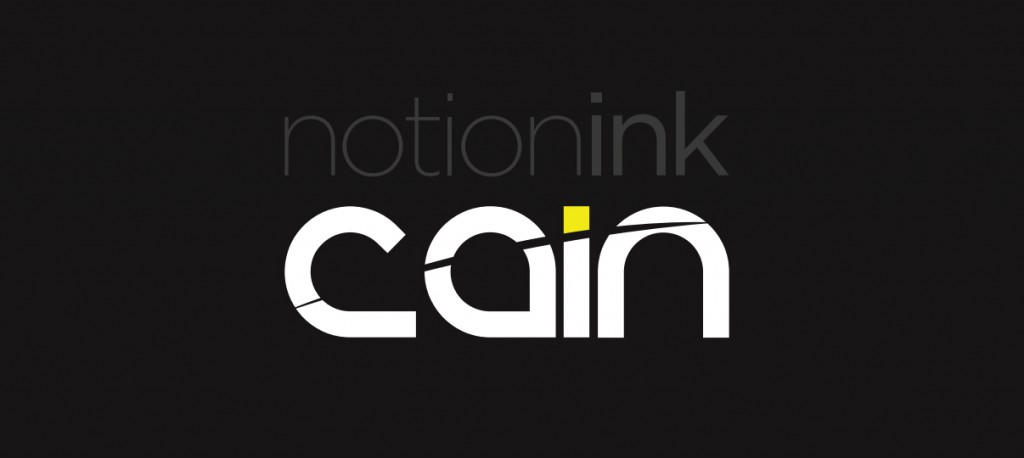There was a time where tablets were yet to be adopted, and were seen as a piece of hardware that for all purposes, seemed to be just an impractical, extra-large Smartphone. It was around this time that the iPad made its first in-roads into the consumer electronics market, and a certain Indian startup caused a huge number of heads to turn its way back home.
Notion Ink was believed by hopeful Indians to be the key to break into the big leagues of hardware manufactures all over the world; or at least, that is what the company had led us to believe. Due to the lack of Android’s dedicated or even tablet-friendly version at the time, Notion Ink adapted and used Android’s Smartphone OS – Android 2.2 (Froyo) in its device. This startup was one of the first few players in the world to adopt tablets after Apple, and did not want to take things slow. So, it immediately trained its tiny guns at Apple.
However, it has taken a long road to success. After two first forgettable product release, with first in 2011, Notion Ink has released its most impressive product to date – the Cain. Lauded as the cheapest Intel-based tablet, it finally looks fit to compete in the tablet market. But how did Notion Ink get here? We look at their products, and see what went wrong and what went right.
Adam
Adam (probably named as a dig at Apple’s brand) was Notion Ink’s first product. Released in 2011, it was touted by the company to be the definite ‘iPad Killer’ that would supposedly be the first step in a complete shift in market power from Apple to the infant startup.
All boasts aside, the Adam wasn’t completely terrible on paper. Armed with a complete suite of applications, a modified Android operating system, and a decent hardware configuration, Notion Ink received quite a bit of recognition worldwide. Apart from world tech media coverage, it also received favorable reception at the Consumer Electronics Show (CES) 2011.
Unfortunately for the tech fraternity, the Notion Ink’s Engineering capabilities were nowhere as good as its Marketing prowess. The Adam was a failed product with a dismal build quality and performance, coupled with a whole host of unfulfilled promises. Sadly, the underdog that everyone was rooting for, remained nothing but a dream.
Adam II
The blow Notion Ink would’ve faced due to its Adam debacle is usually the sort of stuff that ends companies. Not this one though. After taking a break and regrouping, Notion Ink released the Adam II two years after the original version in late 2013.
In its second offering, Notion Ink managed to improve itself immensely. Thanks to Adam’s thorough disappointment, the Adam II did impress to some extent with a quirky design and good build. However, Notion Ink once again failed to make a mark, owing to the tablet’s disappointing screen and uninspiring performance. The price was attractive for the specifications, but just not enough to make up for the life it lacked.
Cain
In its third and latest move, Notion Ink has brought us the Cain. Unlike its predecessors, Cain is a 2-in-1 tablet PC, complete with a mouse, keyboard, magnetic keyboard cover and most importantly, forsaking Android in favor of Windows 8.1 (Desktop OS). Boasting a Quad Core Intel processor, 2 GB RAM, 32 GB storage 10.1 inch 1280×800 IPS display, along with a 7900 mAh battery, the Cain is not lacking in the specifications department. Supposedly designed along the lines of an Ultrabook, the Cain is a rather attractive piece of hardware; and if its past with the Adam II is of any indication, it is quite likely to have a pretty solid build. This, coupled with their design, is absolute eye-candy.
From the looks of it, Notion Ink seems to have finally got it right this time. Although only time will tell its future, the Cain might just be Notion Ink’s long awaited redemption. Available exclusively through Snapdeal with a clever and appealing warranty service, Notion Ink seems to have done well on many fronts this time. Hopefully, if this determined team’s tragic days are behind them, we might just be looking at what could be India’s next hardware giant.


















